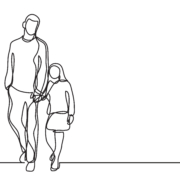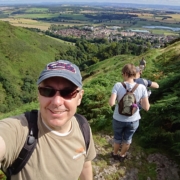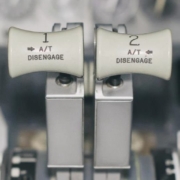Pause
On Tuesday morning, I was sat with my other co-facilitators at the back of a very large hall, filled with 150 or so teenagers (13 – 18-year-olds).
Together, we listened attentively to the opening remarks, the first devotional message and the plans for the day.
Unexpectedly, all of the facilitators were asked to come to the stage and introduce themselves and their workshops.
One by one, each facilitator introduced themselves and their workshop topic.
Finally, the announcer looked towards me and my co-facilitators.
I took a breath and slowed down.
I 𝐩𝐚𝐮𝐬𝐞𝐝.
There was a polite round of applause.
Then, I made a gesture by raising my arms.
The result, the applause got louder.
I raised my arms a little further and the noise went up another notch or two.
Lowering my arms, the applause subsided.
I hadn’t uttered a word, and yet had already managed to gain the attention of the 150 kids in the room.
Most people find it hard to pause at all.
It’s fascinating working with young people.
Top Tip – Get their attention with some noise, then freeze and be quiet for a moment, nonverbally signalling that you have something to say.
Pausing is not a moment of “nothing”. Rather, it is a tool that can help us to build a connection, to engage with the audience, and grabs attention, whether emotionally or intellectually.
Pausing is not as easy as it sounds.
In my experience, pausing helps to convey a message more effectively.
It also allows you to collect your thoughts and allows your audience to follow what you’re saying.
Never underestimate the power of a pause.
“The right word may be effective, but nothing is as effective as a well-timed pause.” – Mark Twain
Why not consider using the power of a pause in your next lesson or presentation.









